“Can you imagine Kerala without the souvenir shops, the tourist groups, the yoga classes and the hustle?”
I’m talking to Dibin Devassy, the Kochi-based manager of Art of Bicycle Trips, a South Indian operator specialising in offbeat cycling tours. He’s offering input on a personal quest of mine: It’s my second time in Kerala, I have about eight days and I long to discover a side of the region that is far removed from the backwaters crowded with houseboats and the tourist throngs that flock to its tea estates and beaches.
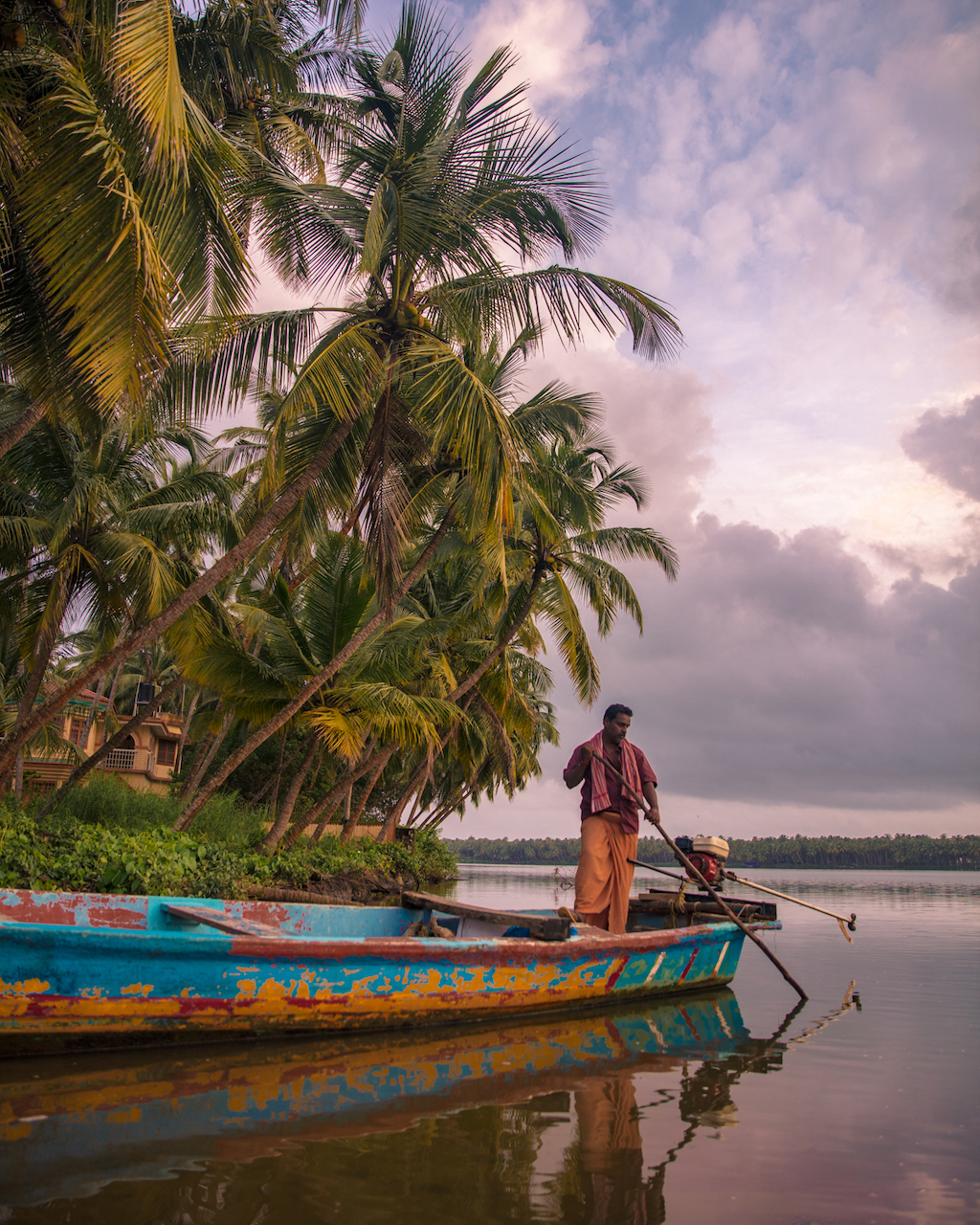
“I suggest you venture north along the Malabar coast,” Dibin says. The bicycle guide has taken two- wheel tours all over India, but is originally from Thrissur, a city about 2.5 hours from Kochi, where North Kerala properly begins. It’s also where I’m thinking of going, partly because of the new Small andMedium Industries Leveraging Experiential Tourism (SMILE) scheme, an initiative focused on giving tourists an authentic experience of Kerala.
Dibin just reconfirms my initial hunch to head north. “You’ll be surprised by how much authentic culture you’ll find,” he adds. The North Malabar coast, which encompasses the upper stretch of coastal Kerala, has certainly plenty of history to back up his claim.
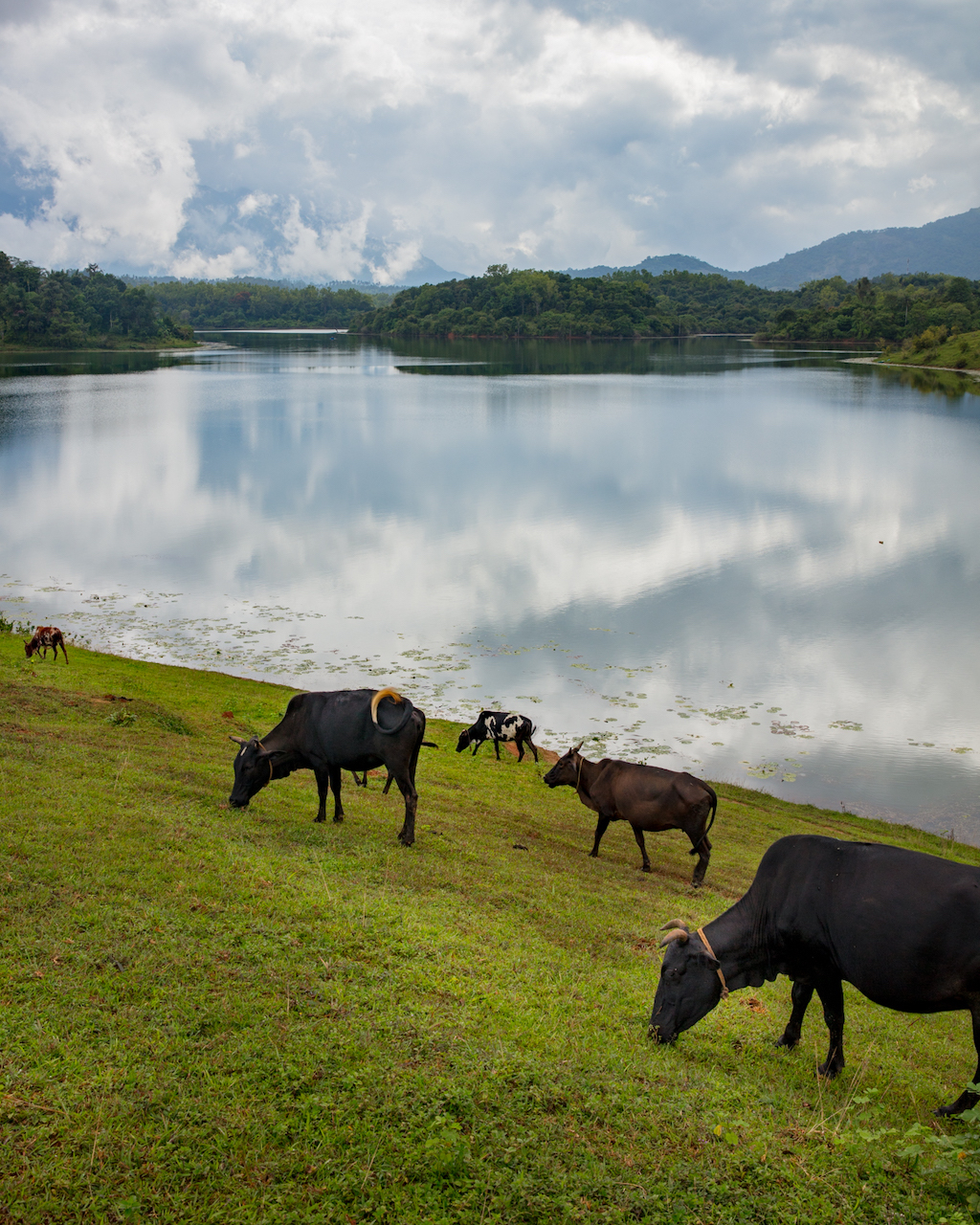
In 1498, it was the landing point of explorer Vasco da Gama in India, and became an important Portuguese trading post by the 16th century. The Dutch arrived a century later, and were ultimately supplanted by the British in the 18th century. Many South Indian aristocrats have hailed from this region, and it remains a melting pot of Hindu, Mappila Muslim, Jain and Christian communities.
The next day, my wife Kit Yeng and I jump on the first train to Kasaragod, 365km north of Kochi, and the northernmost stop on our journey. This is where the SMILE scheme champions a number of homestays and boutique hotels.
It’s a long eight-hour trip in a sleeper class compartment filled with commuting locals, chatty Indian holidaymakers and insistent tea-wallahs. But the Arabian Sea beckons to our left as we travel along patches of quiet backwaters that break the sweet monotony of green fields lined with endless coconut trees.
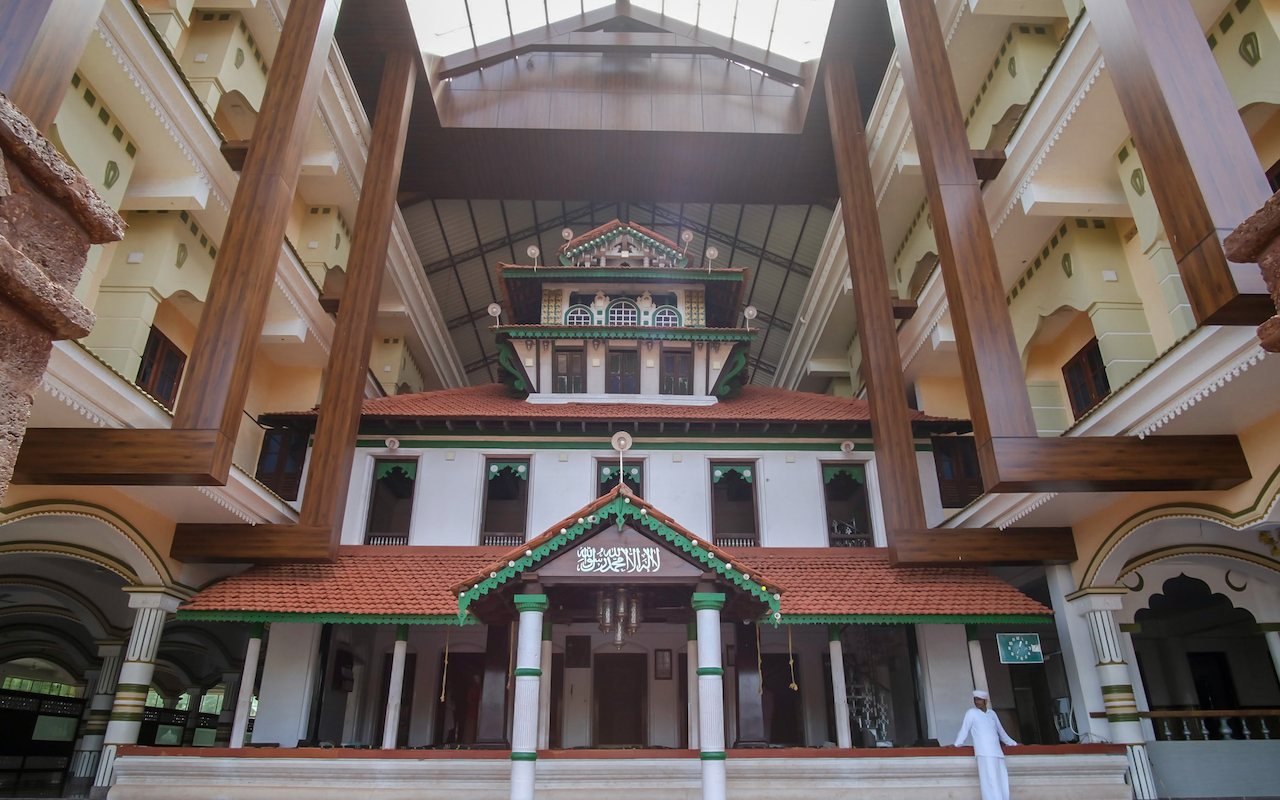
Our first destination is Bekal, a smaller town about 12km away and also the home of Bekal Resort Development Corporation (BRDC), the government-backed body that launched the SMILE programme late last year. The scheme aims to offer an alternative to the over-tourism of Kochi and Kerala’s southern beaches.
BRDC has also just created a new free app, the SMILE Virtual Tour Guide, available on the Google Play Store. Designed as a digital travel assistant, this app contains information and videos of all the major sights in North Malabar. It also highlights the SMILE-approved accommodation located nearby.
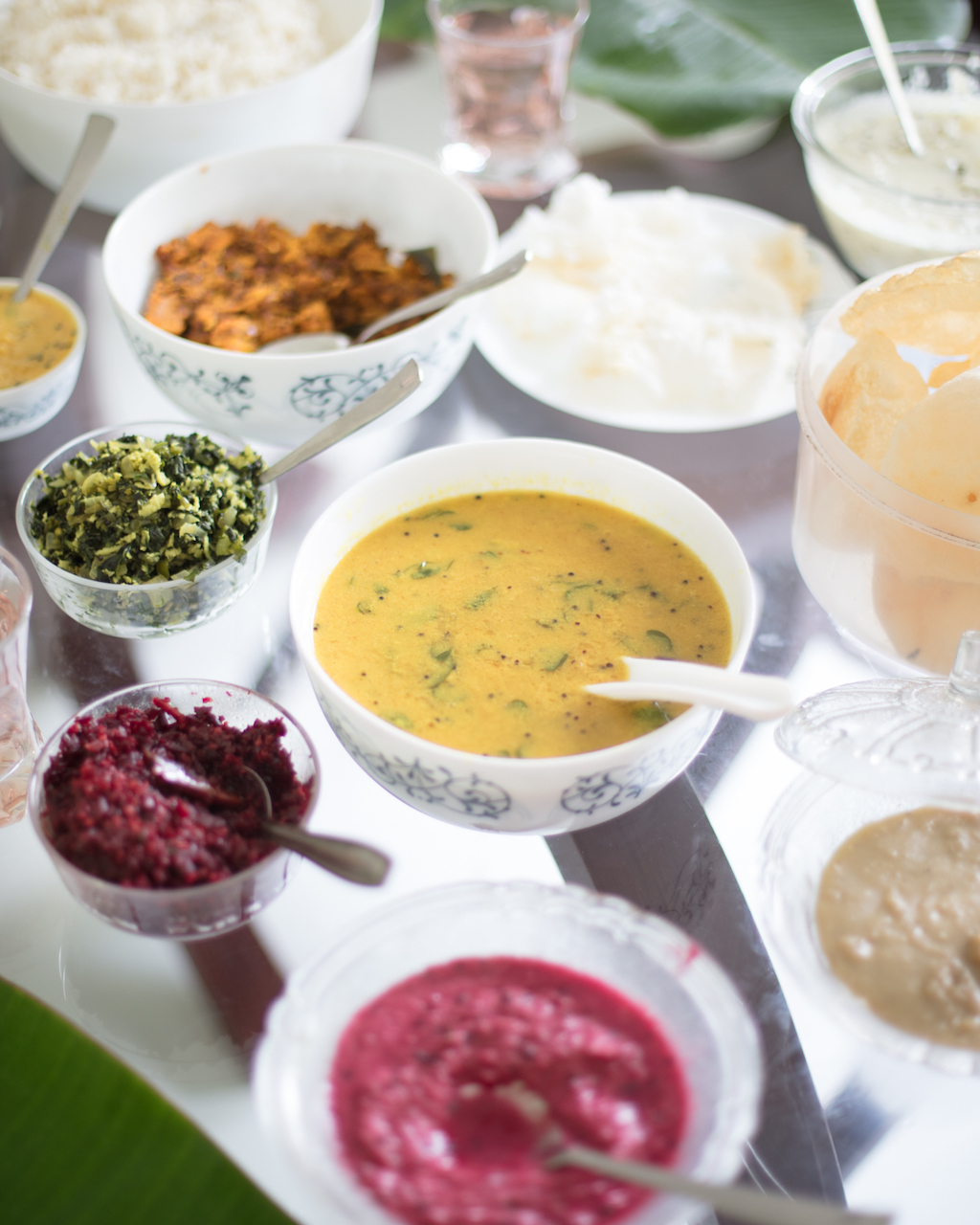
The homestays are a new take on visiting Kerala. We try one on our first night – the Bekal Fort Homestay, run by Anoop Ambujakshan in his double-storey family home set in a quiet, leafy neighbourhood away from the main road and sheltered by palm trees. The 33-year-old used to scout properties for various vacation rental websites, but now manages this SMILE homestay as part of his newborn Bekal Hospitality and Holidays travel company.
Set only 4km from the famous Bekal Fort and the surrounding beach, Anoop’s home boasts a handful of cosy rooms with plush mattresses and rain showers that are a notch above your normal homestay.
The “experience” here is getting to hang out with Anoop’s family, sharing stories over the delicious food lovingly prepared by his mother. From idli (steamed rice cakes) and spicy sambar to handmade puttu (steamed rice flour with coconut) and coconut chutney served with Kerala’s indigenous Matta rice, fresh river fish and vegetables, we sample a range of North Malabar cuisine, with many ingredients sourced directly from the family’s garden.
Over conversation at the table, we feel like a small part of his household. That’s how special North Malabar hospitality is: the family opens their lives to us as if we were more than just tourists.
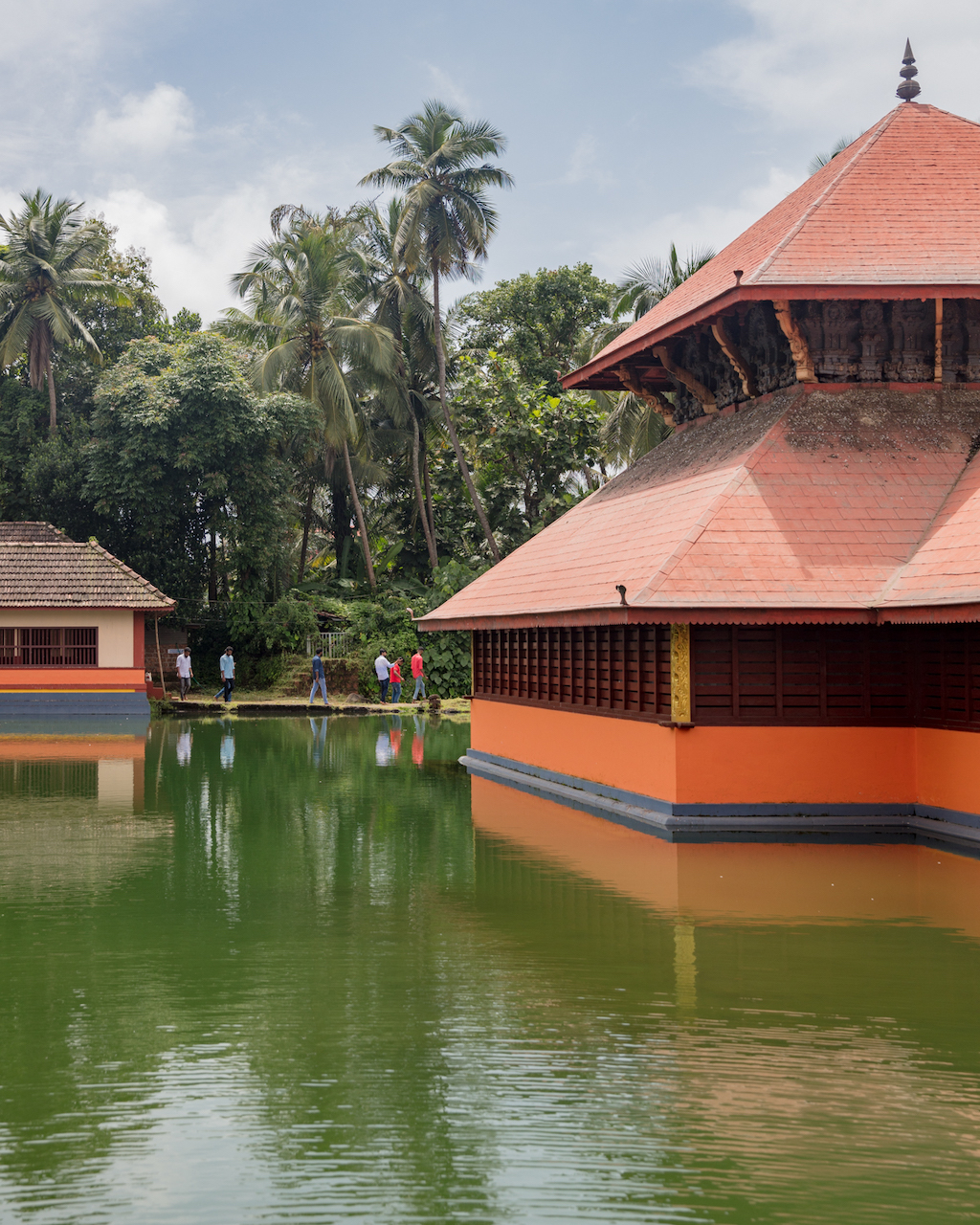
Mouthwatering delicacies and family tales aside, Bekal also has plenty of history, which is reflected in its two 17th-century forts said to have been built by post-medieval ruler Sivappa Nayak of Bednore.
We start with Chandragiri, perched 46m above sea level and overlooking the scenic estuary where the Payaswini River meets the Arabian Sea. The second, Bekal Fort, is made of reddish laterite stone, spanning 16ha on a rocky headland that juts into the sea. After taking in the view, we walk around its imposing walls, surrounded only by a handful of local tourists.
Before we leave Bekal, we get a chance to experience the town’s spiritual side: about 30km north lies the Ananthapura Lake Temple, which sits serenely in the middle of a small lake. The only way to access the Hindu temple’s mandapam (main shrine) is a footbridge connected to the shore.
Just be sure to watch out for the resident crocodile, who we are assured is vegetarian, and has been around for more than a century. Before being allowed to enter the mandapam, male visitors have to remove their shirts as the local priests believe that it is unacceptable to not reveal oneself completely to Lord Vishnu, the principal deity.
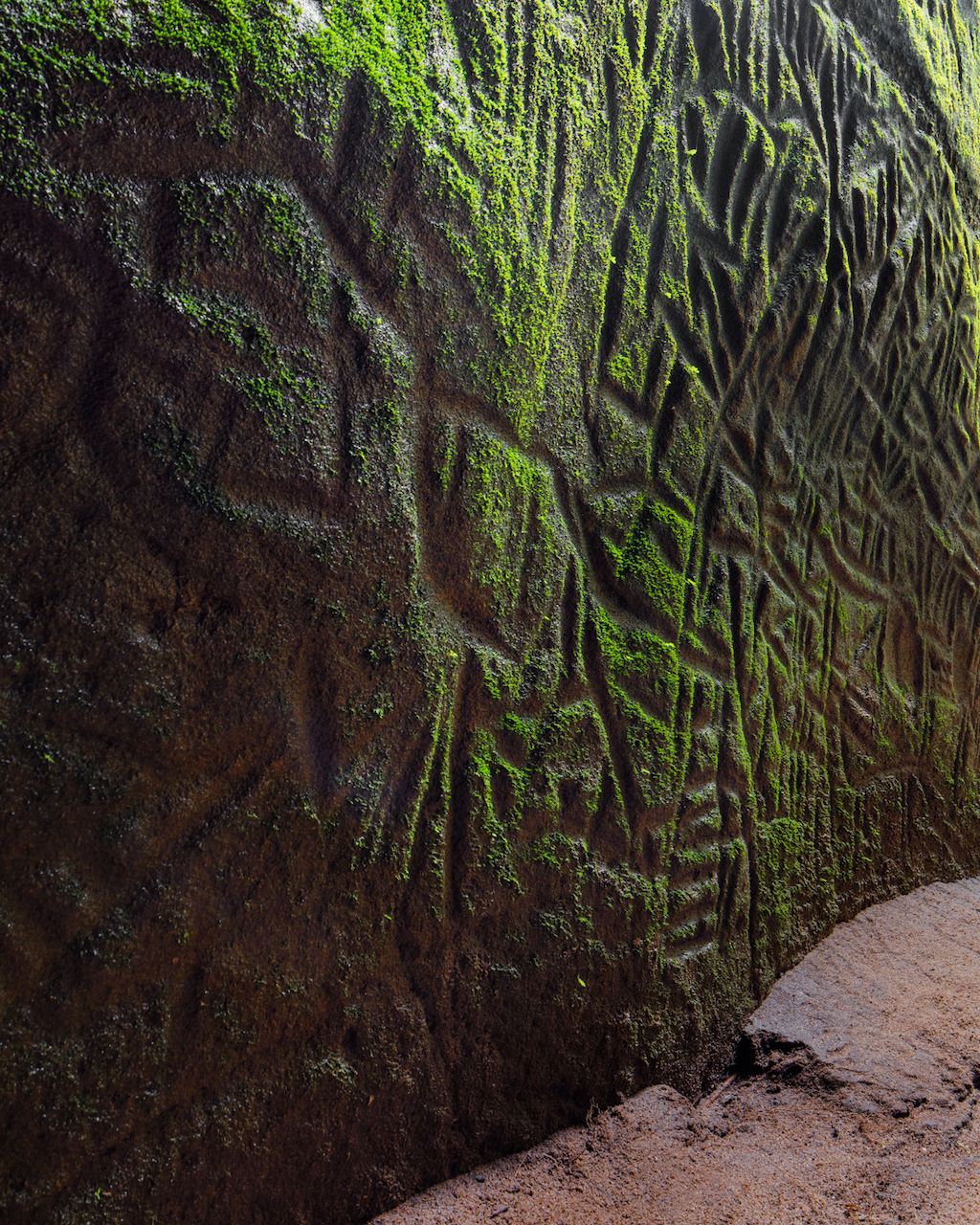
A 15-minute drive away, the Malik Ibn Dinar Mosque is a testament to Islam’s long presence here, and the burial site of the Muslim missionary of the same name who is said to have brought the religion to the shores of Malabar. The wooden mosque, protected by a newly built structure, has beams and pillars embossed with Arabic carvings that are a wonder to see up close.
We get back on the bus, and head for our next stop, Payyanur, just an hour south. The town sits next to Valiyaparamba backwaters, a less-visited cousin of the more famous lagoons and waterways found further south. “Its beauty convinced us to return to our hometown after having worked in busy Bangalore for a decade,” Rahul Narayanan says.
Together with his friend Jithin KP, he helms Swastikam Heritage Inn, Payyanur’s first boutique hotel, and another property on the SMILE list. The two love to take their guests out to explore the Valyaparamba backwaters by kayak, where the highlight is paddling to a cluster of mangroves that rise out of the midst of a calm canal.
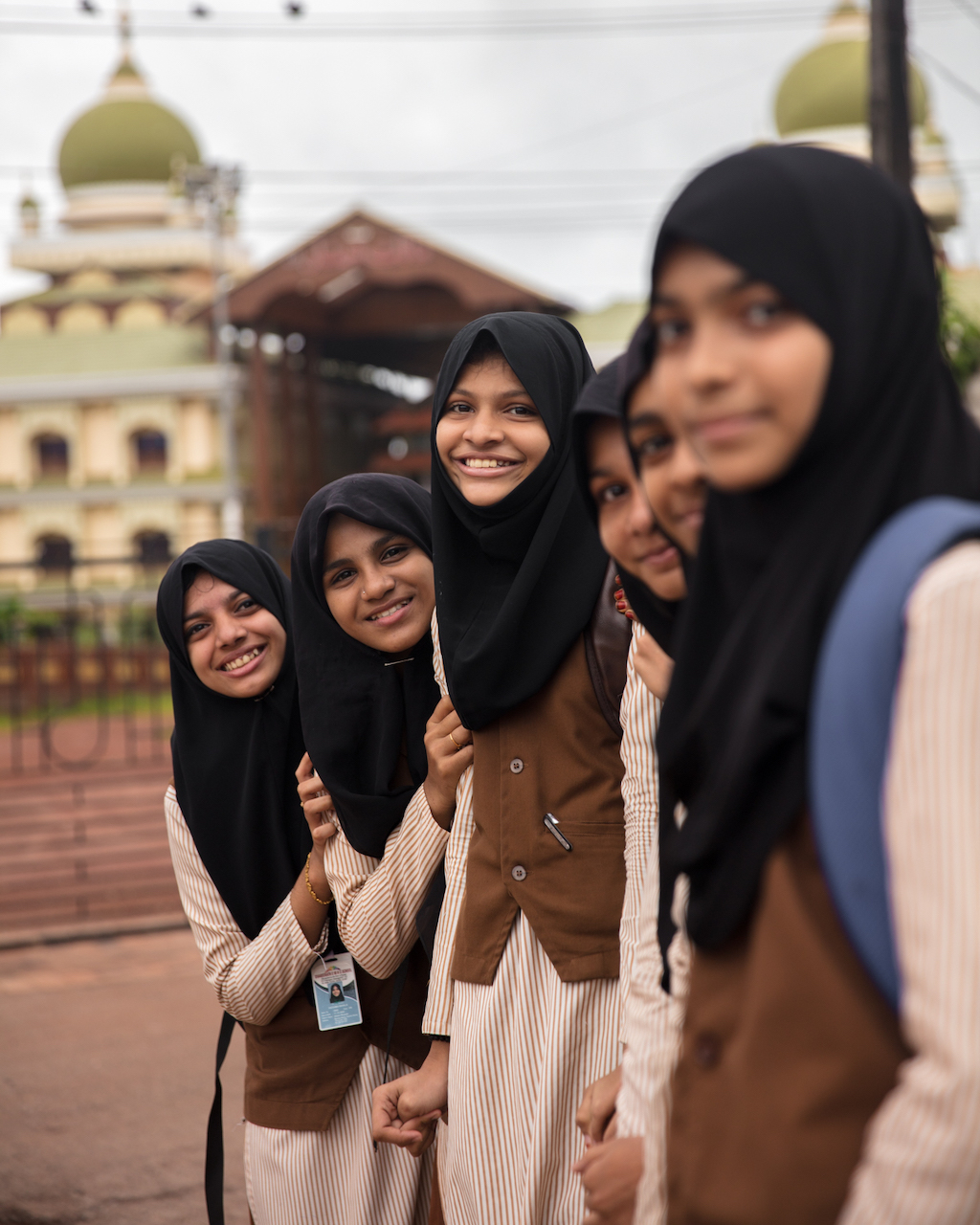
It’s through Rahul and Jithin that we get a chance to experience one of North Kerala’s most powerful cultural practices: Theyyam. During these entrancing religious performances, dancers paint their bodies and use elaborate props and headdresses to represent the earthly incarnations of various gods. Our hosts drive us an hour south to Parassinikkadavu, a scenic temple dedicated to the deity Sree Muthappan. We arrive just after sunset, as the Muthappan Theyyam ritual begins.
Inside the main hall, a crowd of devotees surround a performer decorated with vibrant yellow and red body paint. He wears a towering headdress to embody Vellattam, one of Sree Muthappan’s two representations.
After about an hour of dancing, the air is full of incense smoke and excited spectators close in around the god, hoping to receive his benediction. Leaving the temple, we fall silent, humbled to have been the only two foreigners who experienced this powerful performance tonight.
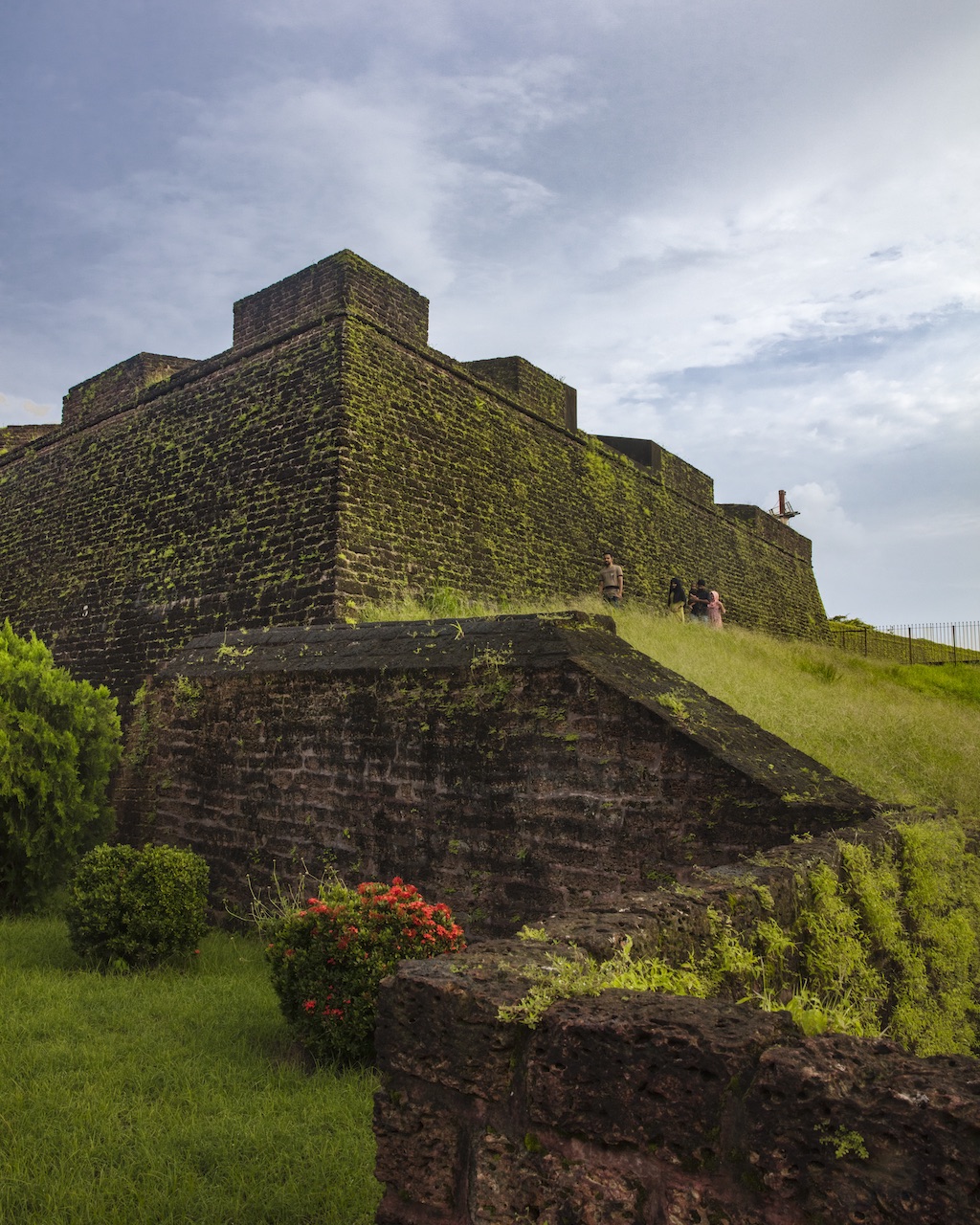
We leave Payyanur the next afternoon, and it’s a couple of hours’ bus ride south along the coast to Kannur. We stay with (another) Anoop, who together with wife Sindhu and their young daughter Avanthika, runs the SMILE-listed Kannur Beachway Homestay, set just two minutes’ walk from the lovely Chaal beach.
Over the next two days, Sindhu spoils us with her delicious home cooking, as we discover Kannur’s various sights. If Kochi enchants with its basilica and synagogue, Kannur has the Arakkal Palace, the ancient home of an influential local Muslim dynasty and Kerala’s only Muslim kingdom.
Here, we get a real insight into the historical importance of the North Malabar coast. Take Fort St Angelo for example. Built around 1505 by the first Indian viceroy of Portugal, it was expanded by the Dutch, and held by the British until independence.
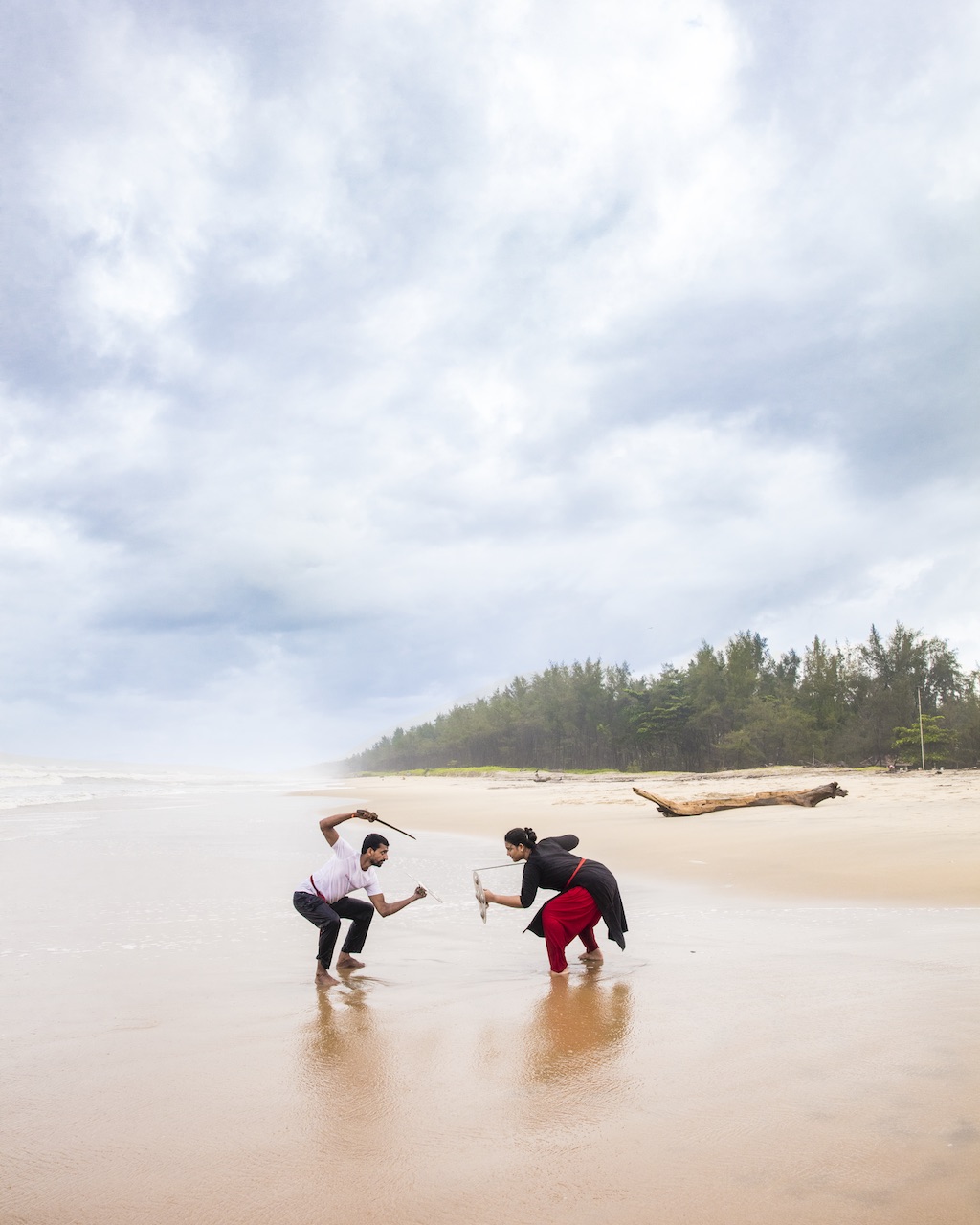
On our last day in Kannur, we squeeze into Anoop’s car and drive along a small country road flanked by palms and vegetation to a battered old building that serves as a martial art school and Ayurvedic therapy centre for disadvantaged locals. We meet master Sangeeth Kumar MK, a stocky man who gives us a demonstration in Kalaripayattu, Kerala’s traditional martial art, a form of acrobatic combat using weapons such as swords and flesh-ripping metal whips – now mostly taught for wellness reasons.
“We wish North Malabar could remain a secret for a bit longer”
After Kannur, we decide to take a break from the coast and experience the interior at Wayanad, northern Kerala’s own hill station. Sheltered from the coast and the Western Ghats range to the east, this area was first inhabited by several indigenous groups, some of whom still occupy these highlands. As we wander around the Karaphuza Dam, we see earthen tribal homes and receive shy greetings from the curious local children.
Early on our second day in Wayanad, we climb the almost vertical staircase that leads to the Edakkal Caves, Kerala’s most important archaeological site. The caves were discovered by accident during a hunting trip by Fred Fawcett, a former Malabar District Superintendent of Police, in 1890. He identified the unique anthropological value of this place as the former dwelling of a Neolithic society.
Some of the petroglyphs of people, animals and tools date back to 6000BC, while the more recent ones suggest a link to the Indus Valley Civilisation. Beyond history, the caves offer a bit of adventure: we go down a small metallic ladder and find ourselves at the bottom of two rock walls, which converge into an opening to the sky.
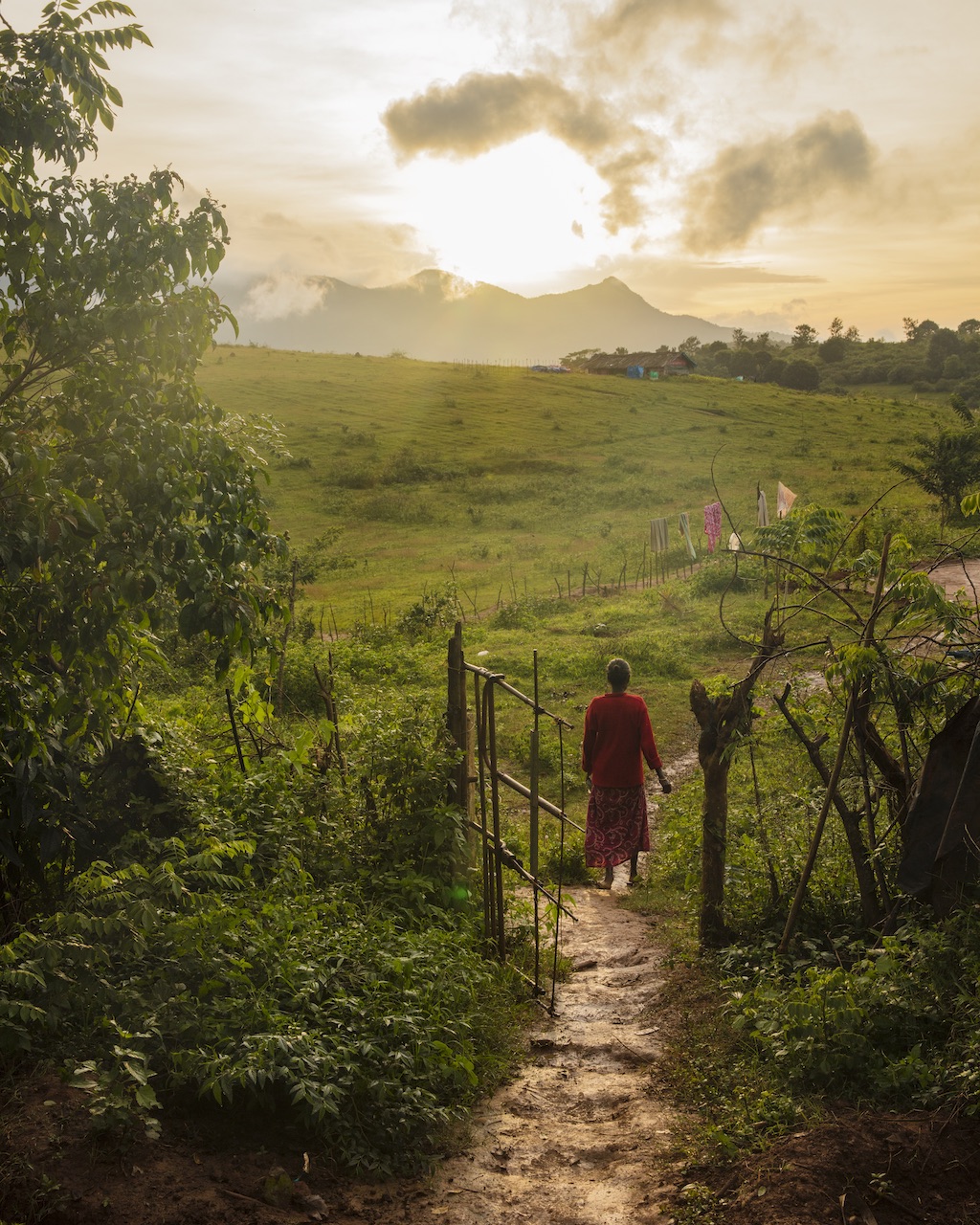
After the caves, we head to the mysterious Phantom Rock. This evocative stone pillar was reduced to its current grisly shape by mining and the elements. Now it looks over Wayanad’s open valley like a lone guardian. As we survey the horizon, our minds and hearts are filled with a sense of peacefulness and gratitude.
Exactly as Dibin told us in Kochi, North Kerala has too much to absorb in such a short time. It won us over with its refreshing mix of welcoming locals, less-touristed sites and natural and architectural wonders. On one hand, we feel more travellers should experience such heartwarming hospitality. On the other, we wish North Malabar could remain a secret for a bit longer.
3 character-filled options to stay in Kerala
1. Francis Residence
If you are starting or ending your trip in Kochi, this boutique homestay, ideally located at the fringes of the Fort area and Mattancherry, has immaculate rooms with large bathrooms and a former five-star hotelier as your host.
2. Edakkal Hermitage
Set right below Wayanad’s famous caves, this collection of bungalows is perfect for relaxing in nature. Couples shouldn’t miss their special 250-candles dinner, which you enjoy inside a cave.
3. Vistara Hotel
A perfect lakeside resort to truly experience Wayanad’s natural charms. Rooms are large, with balconies that offer views of the surrounding waters. The on-site restaurant dishes up excellent South and North Indian specialities.
Getting there
Local trains are the fastest and least expensive way to travel from Ernakulam Junction, Kochi’s main train station, to Kasaragod.
No need to reserve in advance: you can just buy a general ticket for these day trains and upgrade it to a seat as soon as you get on board. To travel inland to Wayanad, KRSTC buses from Kannur or Kozhikode to Wayanad’s main town Sultan Bathery are frequent and inexpensive.
SilkAir flies daily between Singapore and Kochi. To book a flight, visit singaporeair.com
SEE ALSO: Taste of summer: India’s love for mangoes
This article was originally published in the October 2019 issue of Silkwinds magazine
The post Kerala’s unexplored north is an undiscovered gem appeared first on SilverKris.
from SilverKris
No comments:
Post a Comment